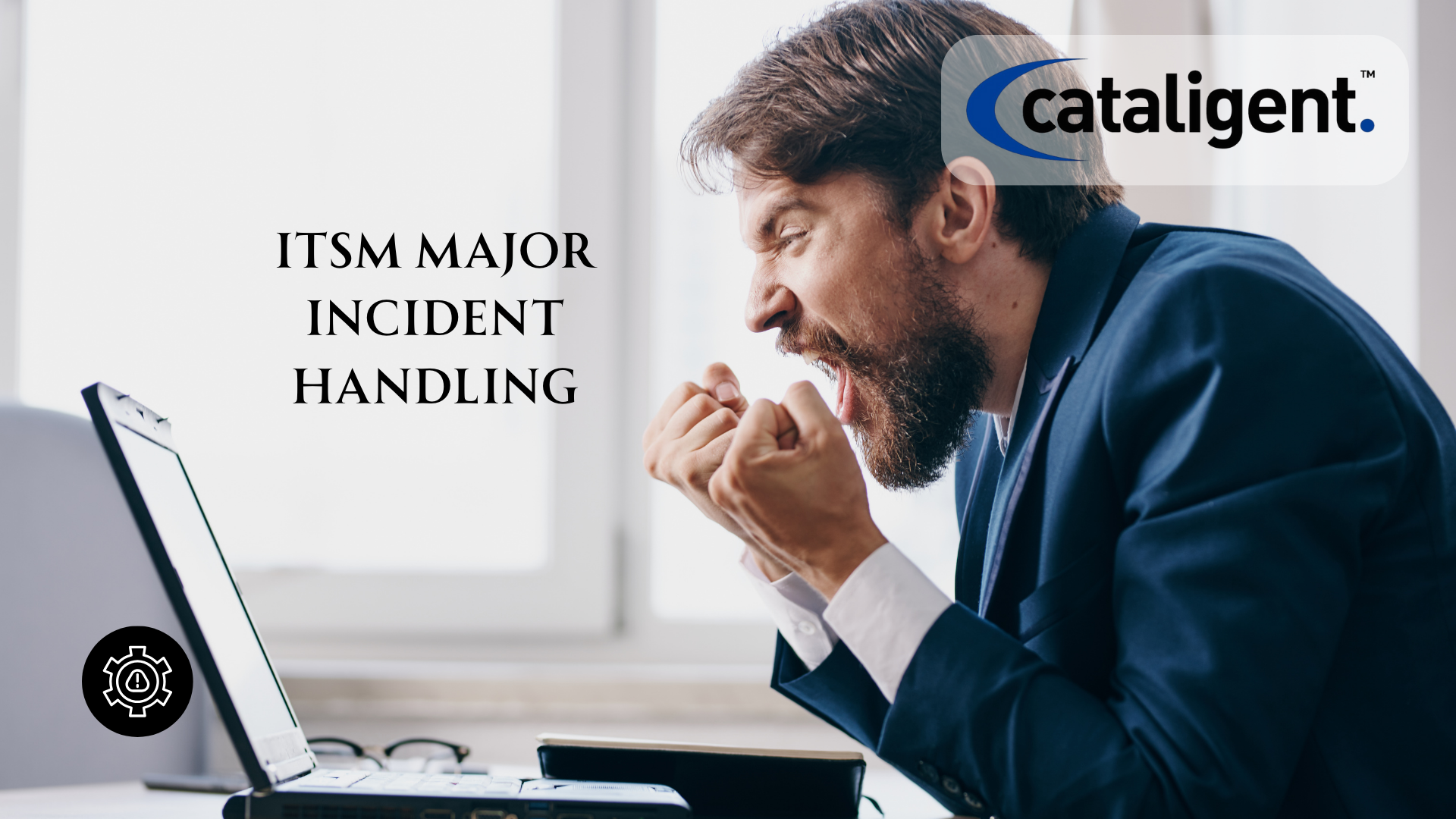Major incidents are high-impact disruptions to critical business services that require an immediate and coordinated response. In the world of Information Technology Service Management (ITSM), managing major incidents effectively is essential for minimizing downtime, protecting revenue, and maintaining customer trust. This guide outlines the structured approach to handling major incidents in ITSM using best practices, tools, and processes that align with industry frameworks like ITIL.
Understanding Major Incidents
A major incident is defined as an incident with a significant impact on the business or a high urgency that demands special treatment. Examples include:
- Complete network outages
- Application failures affecting thousands of users
- Cybersecurity breaches
- Data center power failures
The key differentiator between regular incidents and major incidents is the scale and urgency of the impact.
Key Steps in Handling Major Incidents
1. Detection and Logging
Early detection is critical. Incidents may be detected through:
- Monitoring tools (e.g., infrastructure, application performance monitoring)
- User reports via service desk or self-service portals
- Automated alerts from systems
All major incidents must be logged in the ITSM tool with accurate time stamps, details, and categorizations.
2. Initial Diagnosis
Service desk staff or first-line support perform a quick analysis to:
- Confirm whether the issue qualifies as a major incident
- Escalate to the appropriate resolver teams if necessary
If it’s confirmed as a major incident, the Major Incident Manager (MIM) is activated to lead the response.
3. Major Incident Declaration and Notification
Once an incident is classified as major:
- It is marked as a priority in the ITSM platform
- Stakeholders are notified (e.g., IT leadership, business owners)
- Communication protocols are triggered
Real-time collaboration tools (e.g., Microsoft Teams, Slack, Zoom) should be activated for effective communication.
4. Assembling the Incident Response Team
The MIM identifies and brings together key personnel, including:
- Technical experts from impacted domains
- Vendor contacts (if third-party services are involved)
- Communication leads for internal/external updates
A war room (physical or virtual) is created to coordinate efforts.
5. Investigation and Diagnosis
The response team works to:
- Identify the root cause or immediate triggers
- Correlate logs, events, and system behavior
- Reproduce the issue if necessary
Parallel efforts may be made to isolate the problem and prevent further impact.
6. Resolution and Recovery
Once the cause is identified:
- A fix or workaround is implemented
- Systems are restored to normal operations
- Validation is performed to ensure full functionality
Post-resolution, the ITSM tool is updated with all actions taken.
7. Communication and Status Updates
Throughout the process, clear and consistent communication is key. Provide:
- Regular updates to stakeholders (business, technical, executive)
- Public or customer-facing updates if the incident affects external users
Tools like Statuspage, email, and SMS can be used for notifications.
8. Closure and Documentation
Once the incident is fully resolved:
- Conduct a thorough review to ensure no residual issues remain
- Officially close the incident in the ITSM system
- Document the timeline, actions, and resolution steps
9. Post-Incident Review (PIR)
A structured PIR is conducted to:
- Analyze the root cause
- Identify what went well and what could be improved
- Capture lessons learned
- Update runbooks and response procedures
The goal is to prevent recurrence and strengthen future response capabilities.
Best Practices for Major Incident Management
- Have a Defined Major Incident Process: Ensure everyone understands roles, responsibilities, and escalation paths.
- Automate Detection and Alerting: Use monitoring tools and AIOps platforms to detect anomalies early.
- Establish Clear Communication Channels: Avoid confusion with predefined channels for stakeholder communication.
- Use a Central ITSM Tool: Integrate incident tracking, task assignments, and notifications into one platform.
- Conduct Regular Simulations: Run mock incident drills to prepare teams for real-world scenarios.
- Train and Certify Staff: Encourage ITIL and ITSM certifications to ensure competency.
Tools Commonly Used in Major Incident Management
- Monitoring and AIOps: Nagios, Dynatrace, Datadog, New Relic
- Collaboration: Slack, Microsoft Teams, Zoom
- ITSM Platforms: ServiceNow, BMC Helix, Jira Service Management
- Notification: PagerDuty, Opsgenie, Statuspage
Metrics and KPIs to Track
- MTTR (Mean Time to Resolution)
- MTTD (Mean Time to Detect)
- Number of Major Incidents per Quarter
- Customer Satisfaction Score (CSAT)
- Post-Incident Review Completion Rate
Conclusion
Effectively handling major incidents in ITSM requires a structured, well-documented approach backed by the right tools and a trained team. From early detection to post-incident analysis, every step must be executed with precision, speed, and transparency. As organizations continue to rely heavily on IT services, a mature major incident management process becomes essential for operational resilience, customer satisfaction, and business continuity.
Investing in proper processes, training, and tooling ensures that your organization can not only survive major incidents but emerge stronger from them.

